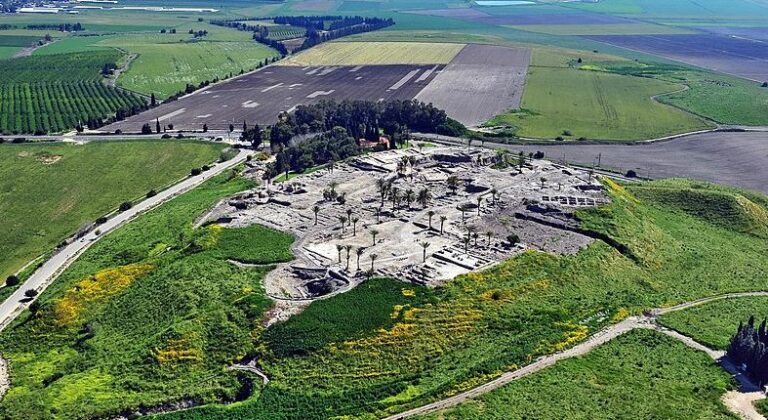The first war in recorded history took place in Mesopotamia in c. 2700 BCE between Sumer and Elam. The Sumerians, under command of the King of Kish, Enembaragesi, defeated the Elamites in this war and, it is recorded, “carried away as spoils the weapons of Elam.” At approximately the same time as this campaign, King Gilgamesh of Uruk marched on his neighbors in order to procure cedar for the construction of a temple. While it has been argued that Gilgamesh is a mythological character, the archaeological evidence of the historical King Enembaragesi, who is mentioned in The Epic of Gilgamesh, lends weight to the claim that the latter was also a real historical figure. The region of Sumer traditionally looked upon Elam as `the other’ to the point where in the Ur III Period of Sumer’s history (2047-1750 BCE) King Shulgi of Ur (r. 2029-1982 BCE) constructed a great wall to keep the Elamites and Amorites at bay.
Warfare certainly did not begin in 2700 BCE, however. The earliest pictographs of armies at war come from the kingdom of Kish, dated to about 3500 BCE. Jericho, which, along with Uruk, has a claim to the title of the world’s oldest city, has provided archaeologists with solid evidence that a fortified city stood on the site before 7000 BCE. The walls of the fortress were 10 feet (3 metres) thick and 13 feet (3.9 metres) high surrounded by a moat 30 feet (9.1 metres) wide and 10 feet (3 metres) deep, strongly suggesting the importance of defense.
With advancements in technology, war has increasingly wreaked chaos and destruction upon the lives and cities of combatants and non-combatants and, true to the origins of the name, has sown confusion throughout time. The first armed conflict in history recorded by eyewitnesses was the Battle of Megiddo in 1479 BCE between Thutmose III (r. 1458-1425 BCE) of Egypt and an alliance of former Egyptian territories under the leadership of the King of Kadesh.
The Hebrew name for Megiddo is `Armageddon’ well known from the biblical Book of Revelation as the site of the final battle between good and evil and has come to be used as a general term for a dramatic situation involving the end of the world. If one regards the predictions of Revelation as trustworthy then, as the historian Davis notes, “The foundation for one of the great ironies of history is thus foretold: the beginning and the end of military history occur at the same site” (5). However that may be, war continues as a common extension of political disputes in modern times and, as human beings never radically change in disposition, will continue be employed in the future as it has been in the past; fueled and justified by the ages-old tribe mentality.
more at worldhistory.org
Ask me anything
Explore related questions





